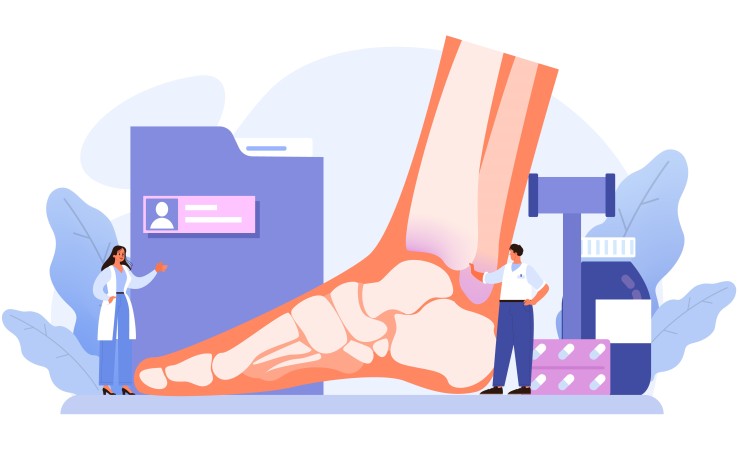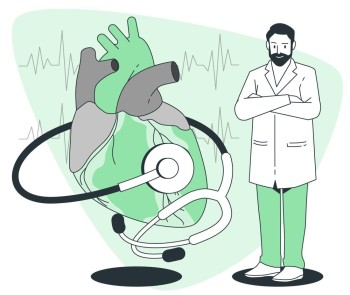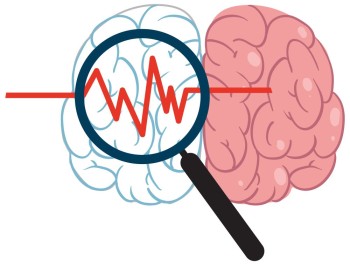
MRI scans of the foot are commonly prescribed for various medical conditions, including fractures, ligament injuries, and arthritis.
MRI Foot Scan with Cost
MRI Scan of the Foot: A Detailed Exploration
MRI scans have revolutionized the field of medical diagnostics, providing detailed and accurate imaging of various body parts. In this article, we will delve into the specifics of MRI scans focused on the foot, exploring the process, reasons for the scan, and its benefits.
I. Introduction
MRI, or Magnetic Resonance Imaging, is a sophisticated medical imaging technique that uses powerful magnets and radio waves to generate detailed pictures of the internal structures of the body. It has evolved into an essential instrument healthcare, providing unparalleled insights into the intricacies of the human body.
II. Understanding MRI
Scan of the Foot
MRI technology operates on the principle of magnetic resonance, capturing detailed images by aligning and then disturbing the magnetic alignment of atoms in the body. When applied to foot imaging, this process enables medical professionals to examine soft tissues, bones, and joints with exceptional clarity.
III. Reasons for MRI Foot Scans
MRI scans of the foot are commonly prescribed for various medical conditions, including fractures, ligament injuries, and arthritis. Early detection of these issues is crucial for effective treatment, making MRI an invaluable diagnostic tool.
IV. Preparing for an MRI Foot Scan
Before undergoing an MRI foot scan, patients need to follow specific preparation steps. This may include removing metallic objects, wearing appropriate attire, and informing the medical team about any existing medical conditions or implants.
V. The MRI Foot Scan
Process
During the MRI foot scan, the patient lies on a comfortable table that slides into the MRI machine. The process is painless, but it's essential to remain still to ensure clear and accurate images. The duration of the scan varies, typically lasting between 30 to 60 minutes.
VI. Benefits and Limitations
The benefits of MRI foot scans are numerous. They provide detailed information without exposing patients to ionizing radiation, making them safe for repeated use. However, the limitations include the high cost and potential claustrophobia during the procedure.
VII. Interpreting MRI Results
Interpreting MRI foot scan results requires the expertise of radiologists who analyze the images for abnormalities or signs of injury. Understanding the findings is crucial for tailoring an appropriate treatment plan.
VIII. Comparing MRI Foot Scans with Other Imaging Techniques
While X-rays and CT scans are useful in certain scenarios, MRI foot scans excel in providing detailed images of soft tissues, making them the preferred choice for specific foot conditions.
IX. Cost and
Accessibility
The cost of an MRI foot scan can vary, and accessibility may be limited in certain regions. Patients are advised to check their insurance coverage and explore potential financial assistance options.
X. Case Studies
Real-life examples showcase the significance of MRI foot scans in diagnosing and treating various foot conditions. These cases highlight the positive impact of early detection on patient outcomes.
XI. Emerging Trends in Foot Imaging
Advancements in MRI technology continue to shape the future of foot diagnostics. From improved image resolution to faster scan times, ongoing research promises even more effective and patient-friendly imaging options.
XII. FAQs (Frequently Asked Questions) about Foot MRI
Q1: Is an MRI foot scan painful?
No, the MRI foot scan itself is not painful. However, some patients may experience discomfort from lying still during the procedure.
Q2: How long does it take to get the results of an MRI foot scan?
Results are typically available within a few days, and the radiologist will discuss the findings with the referring physician.
Q3: Are there any risks associated with MRI foot scans?
MRI scans are generally considered safe, but patients with certain metallic implants or devices may need to consult with their healthcare provider.
Q4: Can children undergo MRI foot scans?
Yes, MRI scans are safe for children and are often used to diagnose pediatric foot conditions.
Q5: Are there alternative imaging methods for foot diagnostics?
X-rays and CT scans are alternatives, but MRI is preferred for its detailed soft tissue imaging capabilities.
XIII. Conclusion
In conclusion, MRI scans of the foot play a pivotal role in diagnosing and understanding various foot conditions. Their non-invasive nature, coupled with high resolution imaging, makes them indispensable in modern healthcare. If you or a loved one is facing foot-related health concerns, consider discussing the potential benefits of an MRI foot scan with your healthcare provider.
(0)
Login to continue



